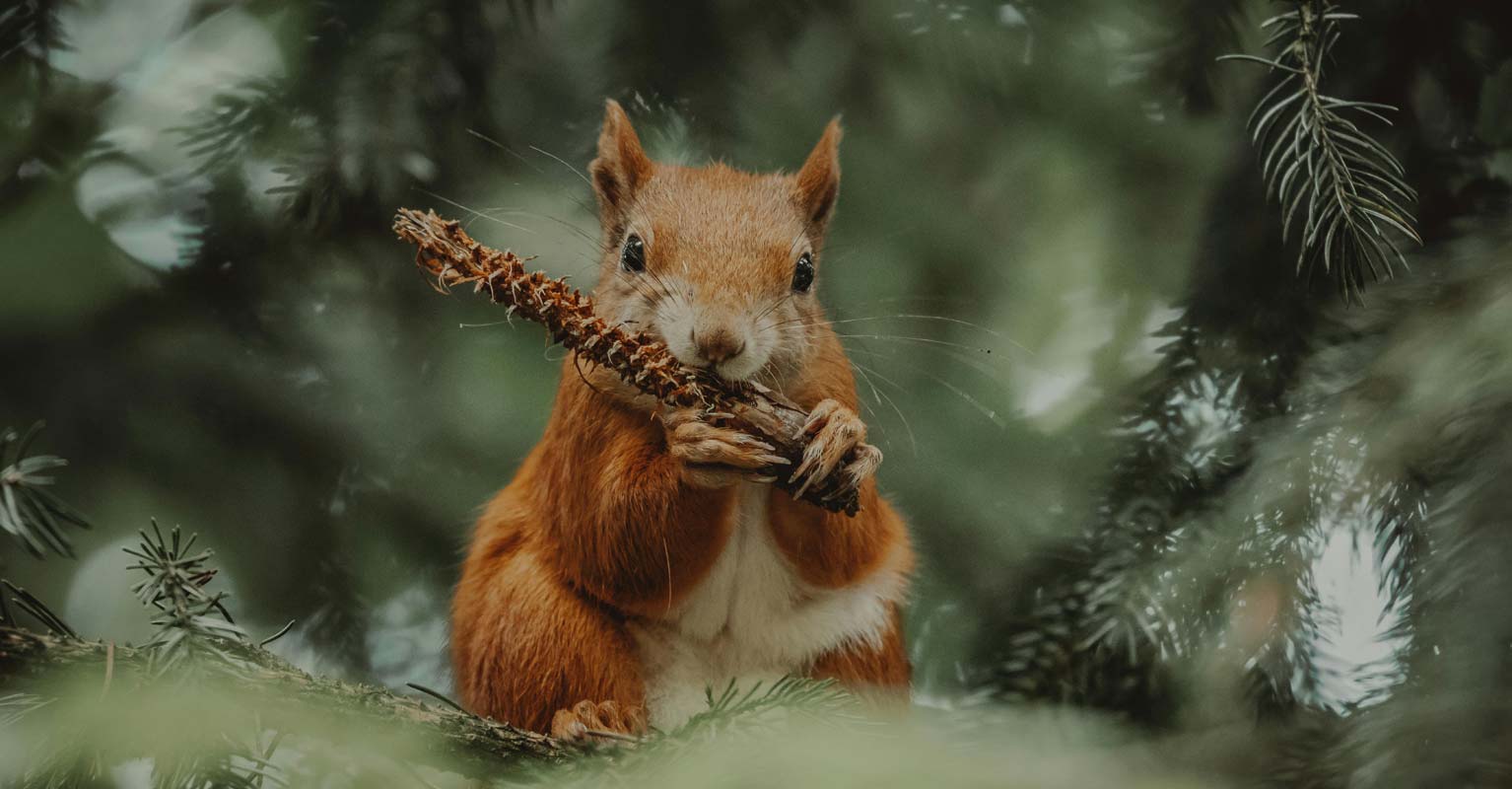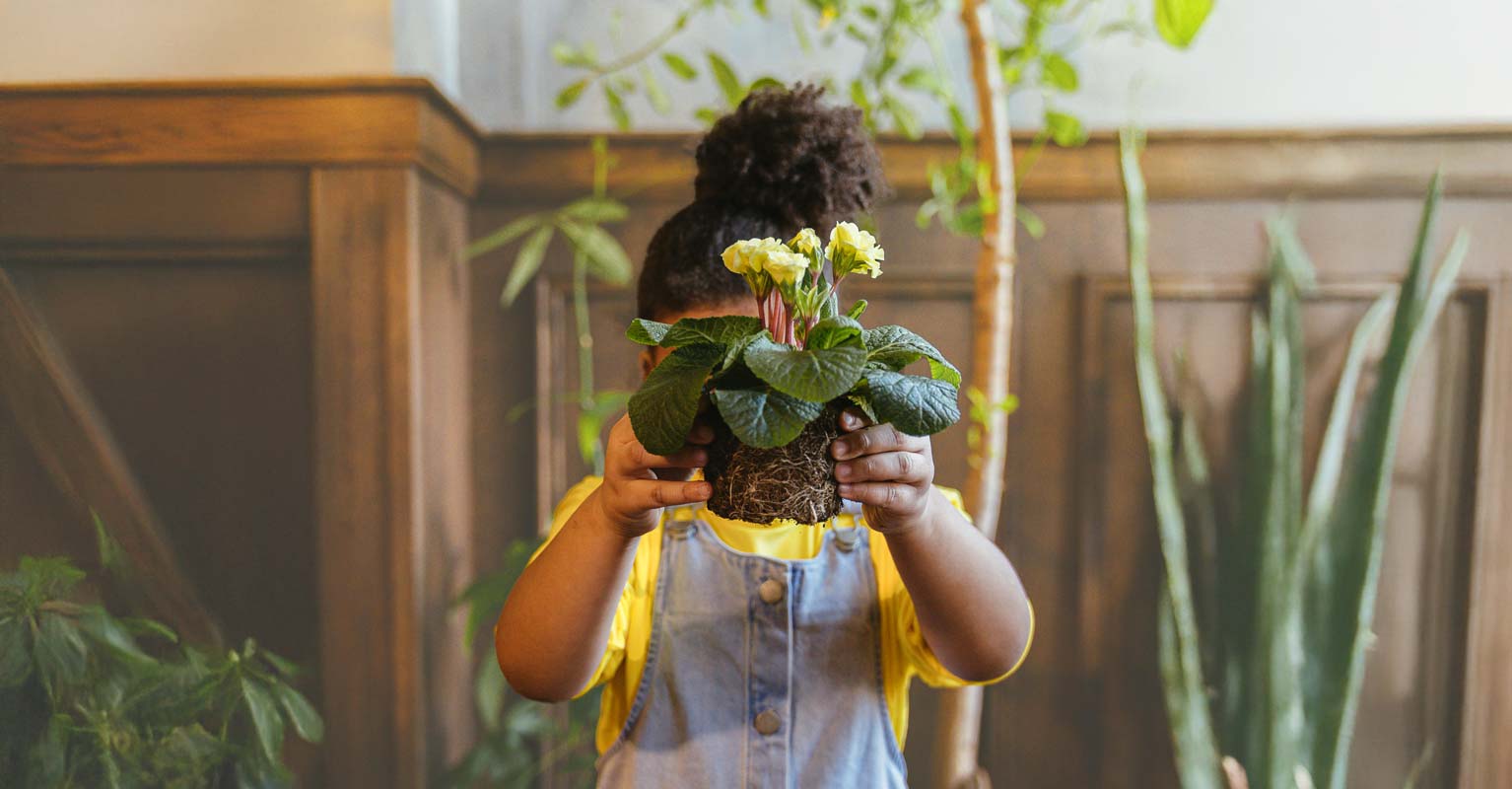Spring in Montana is an exercise in patience and hope. Every year as spring rolls around I find myself digging through the still-frozen backyard shed looking for the seed trays, find myself scrounging town for a new bag of germination mix, find myself rifling through my stash of seeds new and old. The vernal equinox is when I start tomato and pepper seeds. Some of them are old friends: I’ve been growing Jaune Flamme, Mountain Princess, and Principe Borghese tomatoes for over a decade now. They’re delicious, cold-hardy, early-season tomatoes and they each seem to weather the annual early-summer flea beetle infestation.
Then there are the new ones. Half the fun every year is trying something new. This year there’s Nebraska Wedding, an orange tomato I’ve never grown before, and Riesentraube, an heirloom red cherry. The real experiments this year are the peppers. I found seed in January for Aci Sivri, a Turkish cayenne pepper I grew for years until, for some reason, I didn’t. I also found seed for Urfa Biber and Aleppo, two chiles I love. We’ll see how they do. Chiles are always a roll of the dice here in our short season, but last year I rebuilt my raised beds, and chiles did well in the shelter of the high beds, with plastic hooped over them for much of the season.
Starting seeds in March, when I know we still have a full month (or two) of snow ahead, always feels to me like the real beginning of a new year. The Persians celebrate their New Year, Nowruz, at the vernal equinox, and I like to think of my annual weekend of seed starting as a kind of New Year’s celebration. Even if it’s still cold out there, the days are getting longer, the earth is tilting toward the sun, there are buds starting to swell on the apple trees and the roses, and there are irises and tulips sending green shoots up in that sheltered bed along the south side of my house. I have to move all the books and papers out of the greenhouse shed I use for writing so I can fill it up with seedling trays warming on heat mats. Spring is coming. It’s not here yet, but it’s coming.
This has been a brutal year for most of us but if there’s a tiny silver lining, it’s how we’ve come to understand the importance of our local food systems. We discovered how local our lives actually are, and how much we need our neighbors and our communities. A year after our first lockdown, it’s safe to say that most of us have learned how to do things. People learned to cook, and a lot more people now understand the funky wonder of sourdough breads and fermented vegetables. We learned how to share again— from large-scale projects like the Producer Partnership that’s supplied Montana beef to food banks across the state, to the way we’ve taken to leaving baked goods on one another’s doorsteps. We pivoted to local producers, buying meat, eggs, and vegetables from the ranchers and farmers we’re lucky enough to live among. We’ve worked in intentional ways to build more resilient communities.
With any luck, we’ll be getting back to a new kind of normal as vaccines roll out, but I really hope we don’t forget the things we’ve learned this year—like the fact that you can start a seed when it’s still snowing outside, nurture it on your windowsill, eventually plant it outside, and grow something you can cook and share with your loved ones. It’s the simplest lesson of all, and one that reminds me every year that there’s still a tiny miracle in the ordinary.




